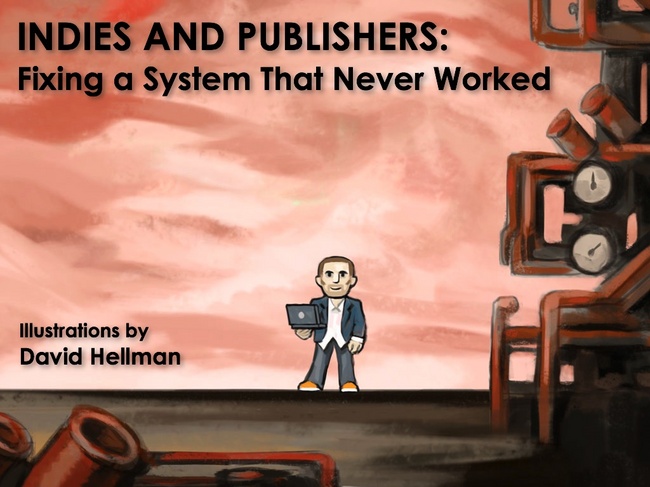
Like UK studio Introversion's indie-rallying clarion call at the 2006 Independent Games Festival, the announcement of an indie-led investment strategy — simply called the Indie Fund — could be the next watershed moment for the future of independent gaming.
Organized by a consortium of indie devs that've seen breakout success (like World of Goo creators 2D Boy and Braid developer Jon Blow), the fund aims to maintain control of the funding cycle — keeping it out of the hands of publishers and traditional investors alike — and keep indies in charge of their own destiny.
Opening the 2010 Independent Games Summit, 2D Boy co-founder Ron Carmel took to the stage to explain why the fund was needed, with Braid artist David Hellman illustrating the strange over-complex steamwork behemoth of traditional business models that no longer serve the indies best: the full hi-res gallery continues below.
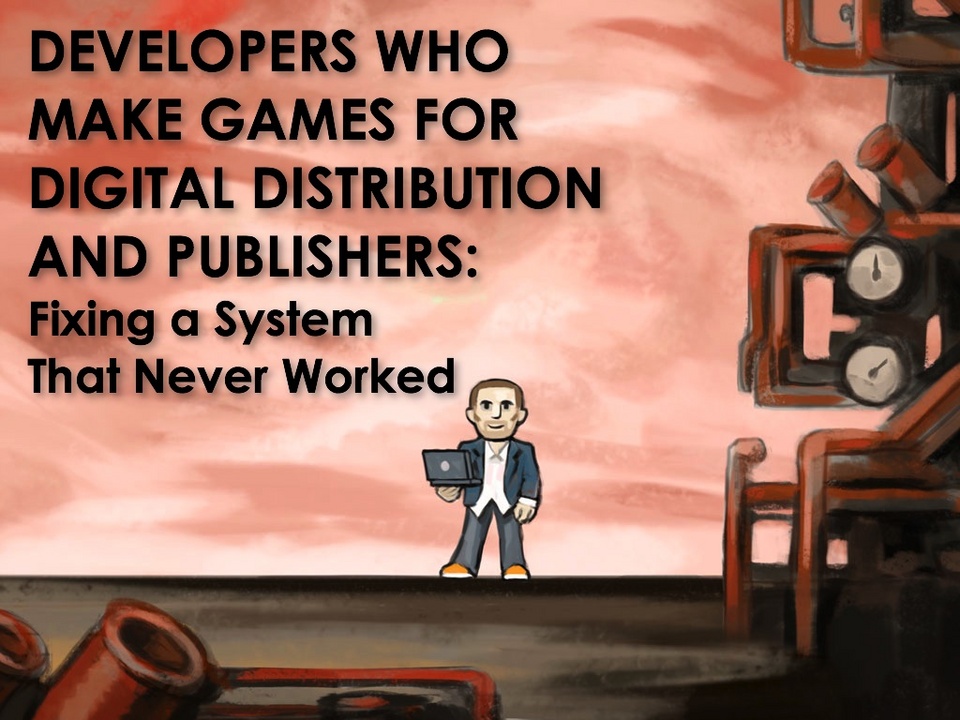
Adding nuance to the title of his session, Carmel admitted the real problem was more specific: that the real problem was shoe-horning the new world of digitally distributed indie games into the old regime of traditional retail game publishing.
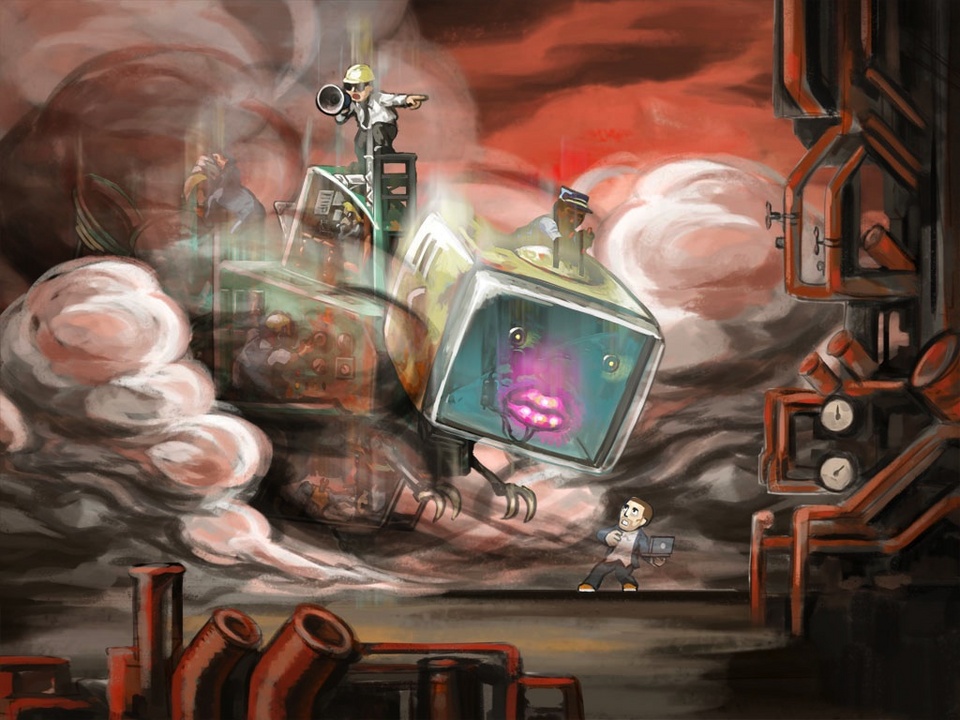
As game development has evolved over the past few decades, he explained, traditional software engineering practices have come with it: "waterfall approach" processes that emphasize doing as much pre-production design as possible as early in the process as possible, postponing the actual building. Throughout the 90s, though, agile practices emerged that saw development models being thought of as much more fluid processes, with studies showing that this model isn't just cheaper and better for actually creating software, but maintaining it as well.
The indies are currently facing the same situation today in regards to funding new games, said Carmel, as the industry still hasn't recognized the importance of creating a new mechanism that takes the new digitally distributed landscape into full account.
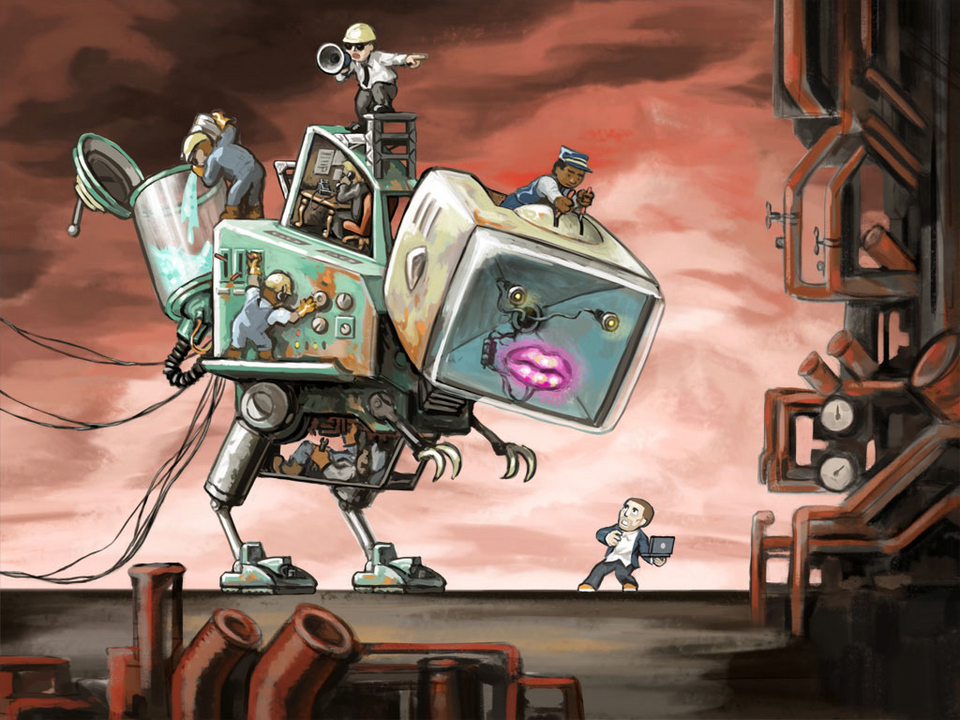
The problems: publishers give too much money for what should be smaller budgets. World of Goo's development costs were in the region of $120,000, Braid's at $180,000: if publishers are giving out $500,000-$1 million (presuming old model additional costs of manufacturing and maintaining inventory, working with retail, marketing), they're taking on too much risk and can never hope to make up that investment. "The machinery for triple-A retail games doesn't scale down," said Carmel — it becomes inefficient and developers end up becoming tenant farmers.
2D Boy saw this inefficiency in effect first hand when they approached both Valve and Microsoft to distribute World of Goo on both Steam and Games for Windows Live. With Games for Windows, each step of the process had to go through each of the above behemoth's component sectors: they'd talk to a business development agent, which would then move up the chain to managers for approval before being passed to lawyers, more engineers, platform specialists, whereas at Steam, the business was handled by one person.
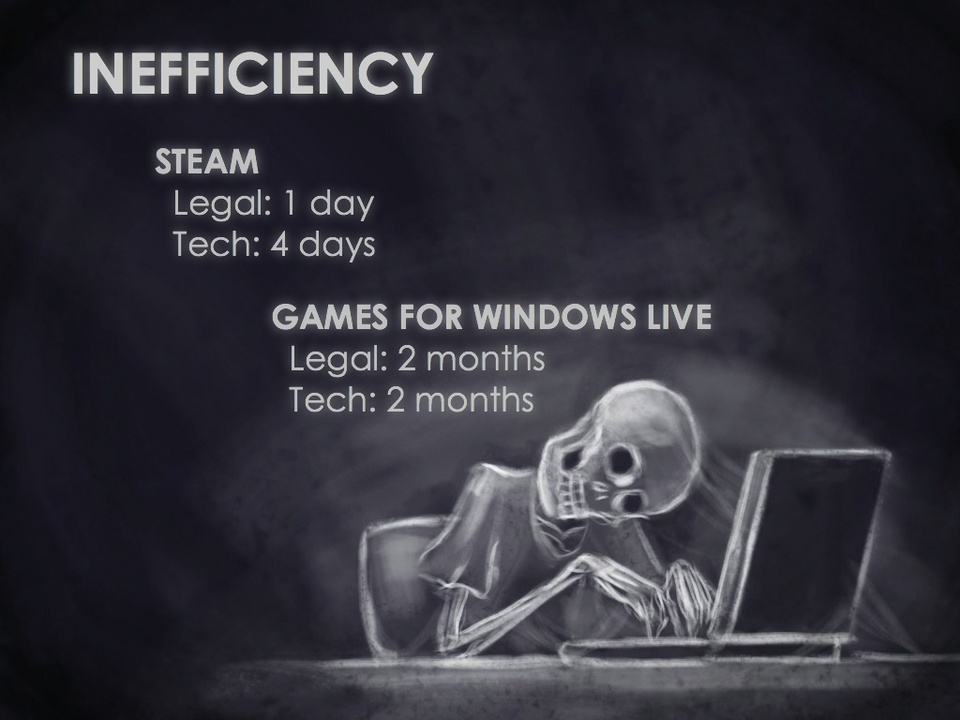
As a result, what took Valve and 2D Boy one day of legal work and four days of technical integration on Steam took two months of contract negotiations and an additional two months of technical work to prepare the game for launch. It's not an entirely fair comparison, Carmel added, with Games for Windows' inherited Xbox Live Arcade and retail business model and their newness on the scene — Steam's "been around for years" and simply "figured out how to do this efficiently." Live Arcade is not the biggest console distribution platform by accident, he said, "it takes iterations to get things right."
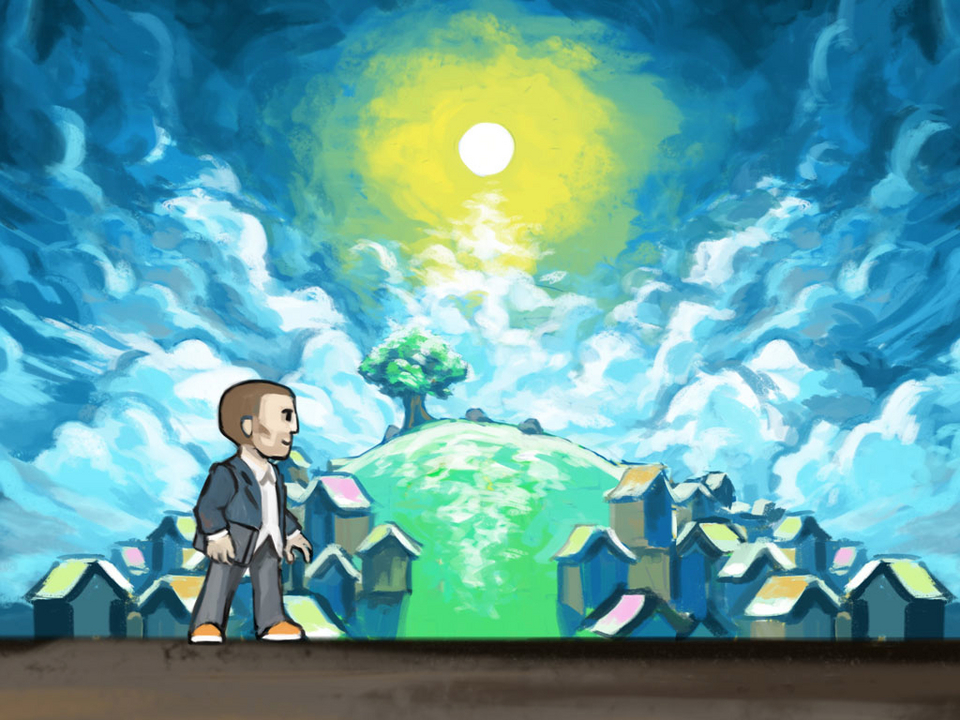
But in this new landscape that's emerged with Steam leading the way to Live Arcade, PlayStation Network, Direct2Drive, Greenhouse, the developer and publisher equation has been upended, said Carmel: indies no longer need the traditional distribution channels publishers once provided, they simply need the funding. And so, Carmel said he and the consortium aimed to do for funding what Steam did for distribution.
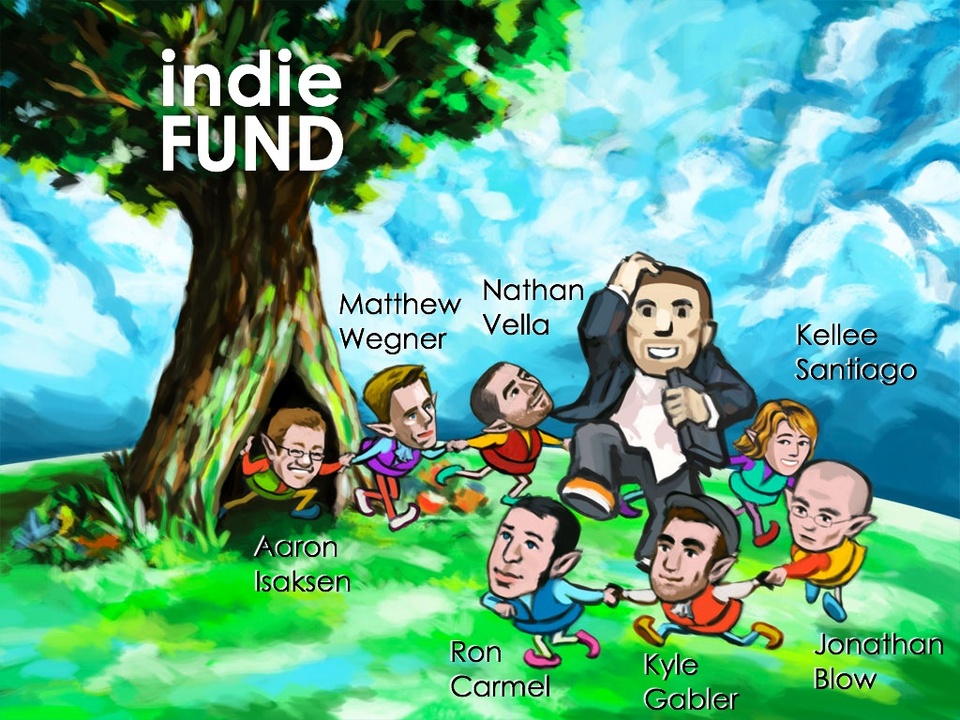
And they'd do that with the Indie Fund, founded by 2D Boys Ron Carmel and Kyle Gabler, Braid's Jon Blow, flOwer designer Kellee Santiago, Capy (Critter Crunch, Clash of Heroes) studio head Nathan Vella, Flashbang (Offroad Velociraptor Safari, Minotaur China Shop) co-founder Matthew Wegner and AppApove (Armadillo Gold Rush) head Aaron Isaksen.
Their goals: to make the submission process shorter and more transparent, to make terms of funding deals publicly available ("Developers," said Carmel, "need to know when they're getting good or bad deals"), to maintain Steam's single point of contact and personal relationship, to allow development flexibility and experimentation, and to allow the developer both the full ownership of their intellectual property, and no editorial influence over their game ("If we provide funding, that's a vote of confidence in the team.").
When an Indie Fund game ships, Carmel explained, "we recoup our costs first, and then for limited time get a revenue share from that game — but that revenue share is going to be much smaller than what you'd get with a publisher."
The first beneficiaries of the Indie Fund haven't yet been revealed, though Carmel promises we'll hear more soon — keep checking their website to contact the team directly or to learn more.





